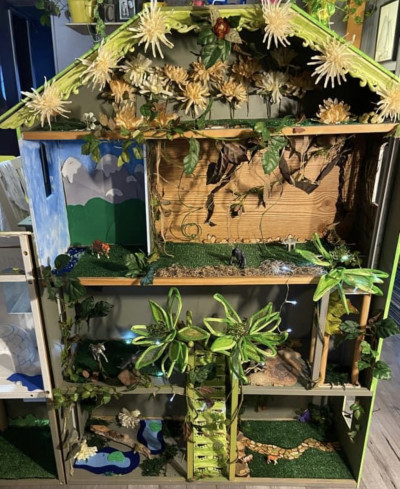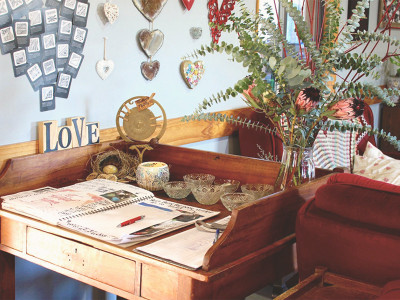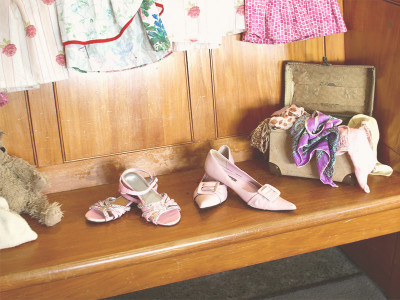Do the beliefs and principles adopted by your educators, families, parents, children, and communities inform your centre’s vision?
What sort of learning environment do you need to develop to respond to your collective vision? What is working well? What needs to change?
How is your vision communicated, measured, and maintained?
Children’s learning is everything, right? As educators, we passionately gain knowledge that helps us develop and expand our own skills, attitudes, and dispositions, as well as those of the children we educate and care for, and the educators we work alongside.
Because of this, each early childhood service weaves its very own distinctive, culturally responsive, and contextually relevant curriculum throughout their environment. It’s important that the way the environment looks and feels reflects the relationships within it, between adults (parents, families, educators, and other adults who have roles in the setting), among children, and between adults and children. It’s meaningful and valuable when you walk in the door, and what the educators believe is essential for the families becomes apparent.
So, what is the best way to ensure your vision, beliefs, and “best practice” is reflected, communicated, and has longevity?
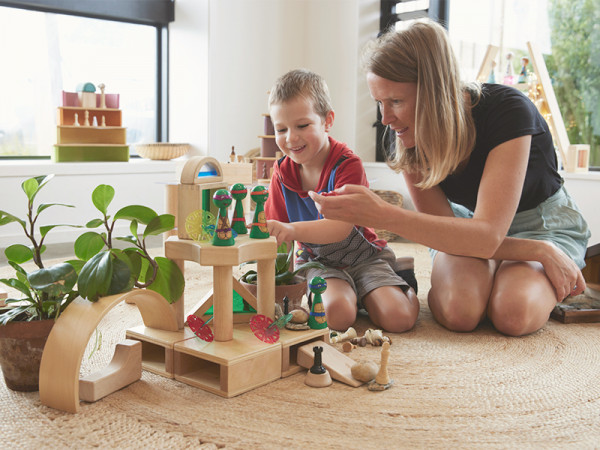
Block props have been added at New Shoots Children’s Centre, The Lakes to cater for children's interests.
Document your own Best Practice Guide (BPG).
Having it down on paper (and it doesn’t have to be a doorstop!) is the most effective way to deliver the unique, fundamental objectives of your service. It ensures your educators are on the same page, expectations are clear, a high standard of delivery is maintained, and gives you a point of reference to hold educators accountable. A BPG doesn’t have to be a mind-tangling challenge. We’ve made it easy with five steps (and a little help from Enspirement).
Step 1. Define a vision for your learners, their families, and the broader communities you serve.
A vision is determined by the knowledge, beliefs, aspirations, and values of families, parents, and the broader communities you work with. Thoughtful and considered evidence-informed planning, evaluation, and assessment enable educators to plan for and respond to learning.
When creating the vision, ask yourselves:
- Who and where have our children come from?
- What beliefs and ideas do we have about children, education, and care?
- How are we going to deliver these?
- What aspirations do we have for our children?
Each team member is unique and will bring their own passion, insight, style, and method of delivering care, learning, and education. These will be the focus as you create and embed your vision.
Step 2. Develop a rationale
Consider what the key objectives of your service are and how a BPG will help you achieve them. This is your rationale.
Link the rationale to your vision, so your underpinning beliefs about the environment and its role in your early learning setting impact the choices you’re making daily.
Need some help? For a list of questions to ask yourself and your team see Creating space for investigations in your learning environment under the sub-heading Pedagogy of space and materials.
Step 3. Flesh out the guide
When reflecting on the guidelines for how you envisage your early year's environment to be set, it’s easy to get caught up in the functionality of the space and fill it with developmentally appropriate learning materials. In doing this there is a critical piece missing from our thinking. We are approaching the design from a myopic rather than holistic perspective and end up designing environments based on function rather than on young children’s emotional development.
If emotions are at the cornerstone of cognition, then it becomes important for early childhood educators to consider children’s emotional response to place (or our early year's environments). This goes beyond the traditional and old-fashioned conception of designing classrooms. In addition to attending to functionality (where areas of play are located, what furniture we have, how the furniture is positioned), we must begin thinking about the Spatial Conditions of Emotions and how these attributes are represented within your activity spaces.

Toddler room New Shoots Children’s Centre, Westgate.
Start with the overarching expectations for your environment. Then detail the specifics that are most important to the delivery of your curriculum.
LOOK, PLAY, RITUALS & LEARNING
- Identify the areas of play that should be set throughout the day, inside and out, e.g., blocks, dramatic play, outdoor spaces, messy play, etc., then determine how regularly these areas of play should be reset throughout the day and define how children can be encouraged and enabled to care for the spaces and equipment.
- Set out expectations of how the space should look, feel, and be cared for to ensure the spaces, including the ancillary spaces and the equipment, are maintained and don’t become an overwhelming annual task. For more tips on how to maintain your environment see Three steps to maintaining a beautiful yet culturally relevant environment.
- Outline the expectations for the learning experiences, opportunities, invitations to play, and the setups offered to children. Include how it is linked to the curriculum, reflects a child’s development, and their interests. Open-ended activities and plans don't necessarily have prescribed outcomes. These are planned and implemented to stimulate ideas to support initiatives and imagination amongst children, whether they choose to explore these ideas alone or in groups. They take thoughtfulness and understanding of the children's and the educator's interest to expand their thinking. Educators often discuss the balance between child-led and educator-led learning, the differences between set-ups and outcome-based learning activities, and how these are similar. Consider how the spaces are personalised by children to ensure their voice is evident in the environment.
- Routines and rituals form part of the overarching curriculum. Care routines are activities that manage and support children’s health and wellbeing while encouraging their learning and development. They may include changing nappies, visiting the bathroom, mealtime, personal care, getting dressed, and resting or sleeping. While these activities appear mundane, if we as educators encourage and communicate clearly during everyday care tasks, we will help build children’s self-esteem, self-regulation, and confidence. We can even take it one step further and turn a routine activity into a meaningful ritual to transform the monotonous into something special and heartfelt for our children. Consider how these rituals and routines form part of your daily practice and document this. For more information on care routines see Care Routines: Why are they so meaningful for early years development.
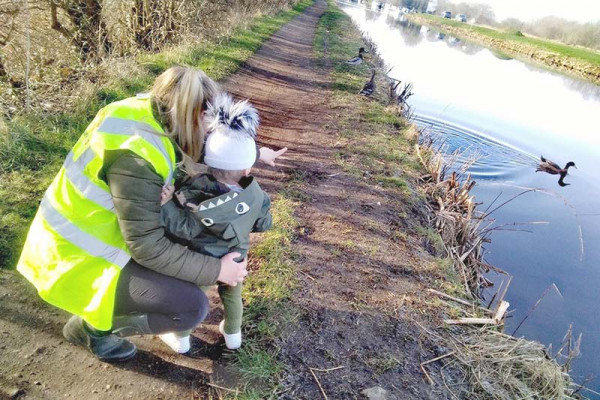
Excursions to the local park to observe the wildlife are a frequent occurrence at Hillside Childcare because it is identified as a fundamental objective of the curriculum to provide children access to nature, even in an urban setting.
HEALTH & SAFETY, SUSTAINABILITY & COMMUNICATION
Your BPG needs to define how children will be supervised, including how they are cared for in and outdoors, including ratios and visual supervision. Also, outline key person relationships or primary caregivers to ensure children’s needs are met, specific routines are followed and define what adult and child interactions look like. Develop a clear communication strategy, including how educators are expected to communicate, explore parent partnerships, and how effective communication and key relationships are developed.
What are the organisational expectations for health and safety? Ensure you meet your local and national legislative expectations by agreeing on how these are implemented into routines and practice.
Educators need to agree on acceptable levels of risk and deliver learning opportunities that support and enable children to take risks while assessing and managing their own expected risk level. Therefore, training educators is key to the introduction and management of a risk support environment. For more information on how best to manage risk, see Creating space for investigations in your learning environment under Creating challenge for children.
What does sustainable practice mean to you, your team, and your community? Consider and explore how you can adopt a meaningful practice, e.g., a worm farm, collecting items from home, upcycling furniture, etc. The projects can be big or small but it is important to set clear objectives to avoid half-completed projects.
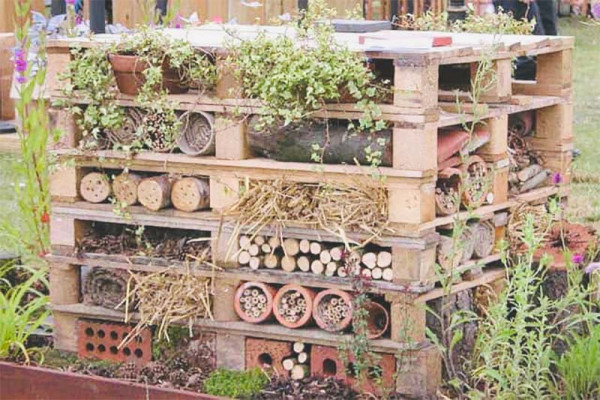
This bug hotel was built using pallets, bricks, pipes, and wood off-cuts, offering learning opportunities to children through consulting and building together, to then watching it evolve and become home to various bugs.
Step 4. Induct staff
All new educators joining the team should be thoroughly inducted into all expectations of delivery of service and educational/care practice. The BPG should be read, understood, and an agreement signed to uphold it. During the induction process, educators should be monitored to ensure they follow and implement all procedures, and best practice becomes embedded.
Step 5. Review the BPG annually
It is crucial to ensure the guide remains relevant and up to date with any changes in the environment accounted for. Teams should regularly review all aspects of the BPG and re-sign the agreement annually to reaffirm they will uphold, embed, and implement in service delivery and practice.
"In reference to right answers – Knowing is a process, not a product." — Jerome Bruner.
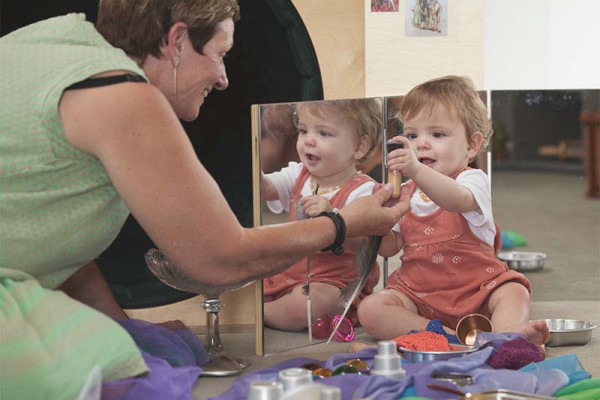
Allowing children to explore texture and materiality through sensory experiences in their early years alongside a trusted adult allows relationships to flourish and social and emotional development to take shape.
Can Enspirement help you deliver your Best Practice Guide?
Yes! At Enspirement we have endless ideas. Our aim is to make re-setting the environment to a high standard easy, putting the fun back into it, and keeping educators and children engaged.
- Enspires are deliberate. They support thoughtful decisions made by the educator to extend the ideas and thinking of young children. Educators provide materials (both purchased and found) and a general direction empowering children to develop skills of inventiveness, creativity, and flexibility in thinking while having fun.
- Enspirement uses a range of items linked together by and for children. It provides a jumping-off point where imaginations can run wild. The focus is more on developing dispositions rather than teaching the development of skills. There is no right or wrong because of an Enspire.
- Educators use nature-based elements, loose parts found, and purchased resources in many ways to inspire the kinds of creativity that children excel at when given opportunities – because there's no magic method or formula. Instead, it's about presenting the environment that is prepared, set, and is ready to go. The best Enspires are created by educators who spend time thinking, planning and evaluating whether their ideas work for their children based on their current interests.
- Enspirement provides professional development opportunities in many forms, including blogs, articles, webinars, etc. We invite our thought leaders to regularly share their insights to ensure you are updated with global trends and best practices.
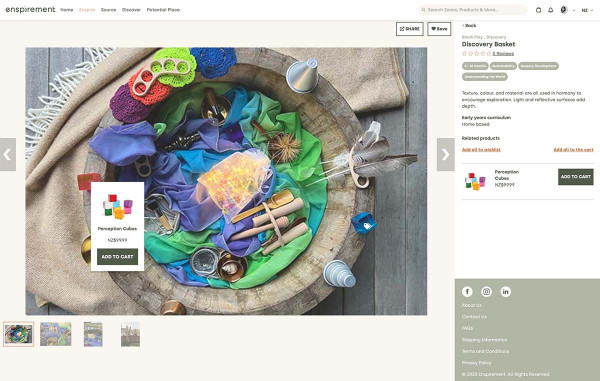
Example Enspire: an Enspire displays fresh ideas, inspiration, and step-by-step instructions for creating environments that engage children and improve learning outcomes. Products are tagged from our curated range of resources, including sustainable products and items that can be made from reused and recycled materials to complement childrens’ play and extend children’s learning opportunities.
Additional reading to support the writing of your Best Practice Guide
Example Best Practice Guide to get you started
Creating space for investigations in your learning environment by Kelly Goodsir
Using the spatial conditions of emotions to design inspiring early childhood environments by Sandra Duncan, EdD
Improving the quality of our indoor spaces by Tiffany Smith
Being confident and courageous in times of change by Tanya Valentin
Outdoor Play: Natural places and spaces for children’s play by Nancy Striniste
Care Routines: Why they are so meaningful for early years development by Angela Foley
For the love of beauty - it really does matter by Anthony Semann
Five ways to refresh your early years' environment on a budget by Michelle Pratt
How the wonder of woodwork shapes our world by Peter Moorhouse
Three steps to maintaining a beautiful yet culturally relevant environment by Michelle Pratt
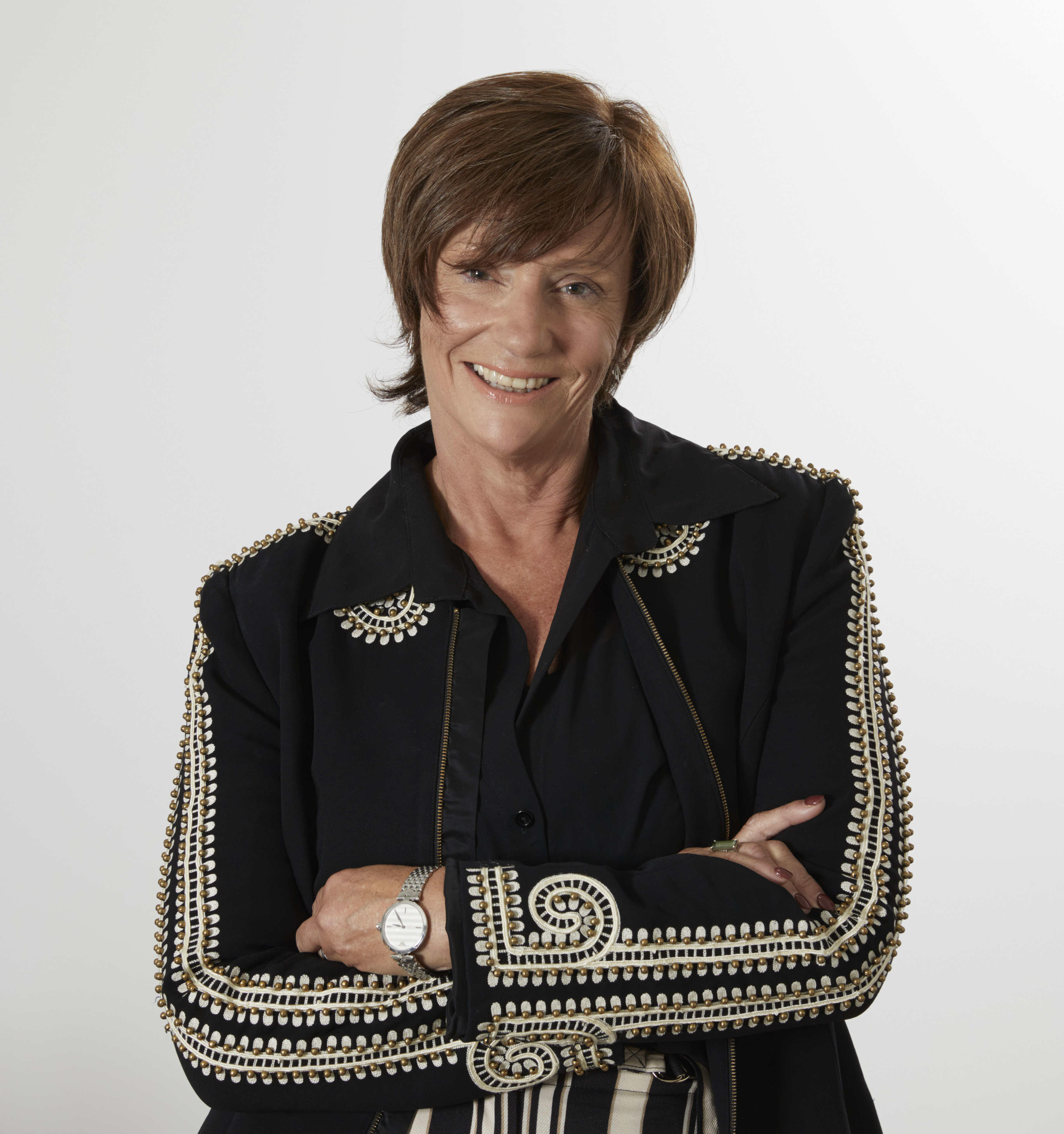 Michelle Pratt
Michelle Pratt